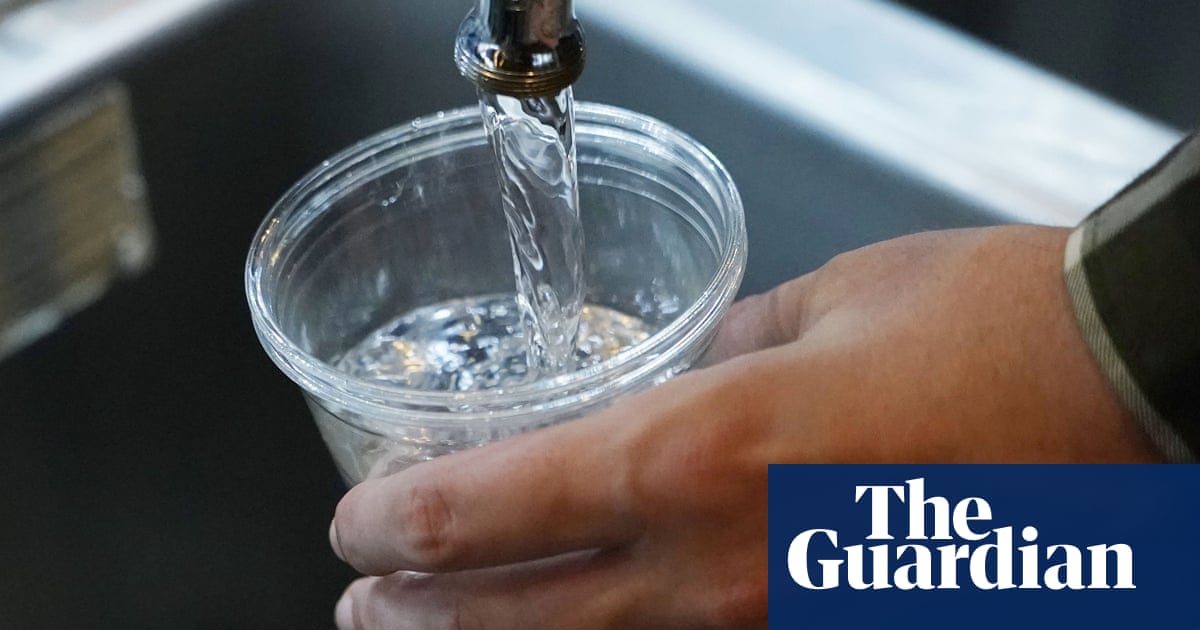Summary
A recent meta-analysis of 30 studies involving 90,000 participants found that water chlorination levels common in the US and EU likely increase bladder cancer risk by 33% and colorectal cancer risk by 15%.
Chlorine reacts with organic matter to form trihalomethanes (THM), toxic byproducts present in nearly all public water systems.
Although chlorine disinfection has reduced waterborne diseases, these findings pose regulatory challenges.
Alternatives exist but are costly. Experts recommend continued tap water use with effective filtration, such as granulated activated carbon.



The residue left over after boiling water is probably mostly calcium (if white) or iron (if orange/brown). Both are from dissolved minerals in the water source. If you need to clean anything stained by either, vinegar should dissolve the minerals with minimal effort. I’d avoid vinegar on anything stone (like countertops), as some types of stone will dissolve in the presence of acid.
It’s more of a yellow and smells vaguely like urine, but also very acerbic and foul. There’s off-yellow crystals at the bottom of the chamber. I’m no expert, just I know I’d rather drink my own urine than drink what’s left in that chamber after running a gallon through it. It’s revolting and makes me gag to smell it.